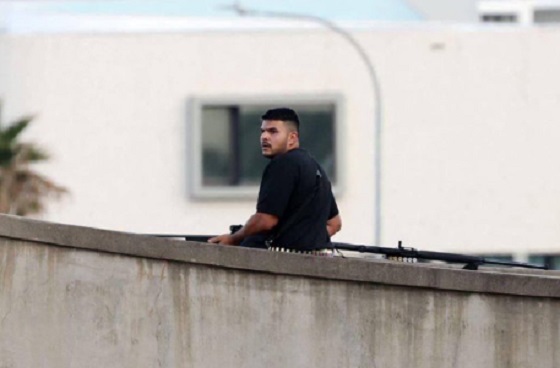Economy
We’re Getting Poorer: GDP per Capita in Canada and the OECD
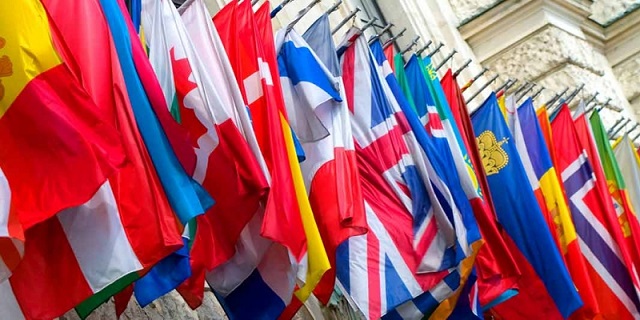
From the Fraser Institute
By Alex Whalen and Milagros Palacios and Lawrence Schembri
Canada lost ground compared to key allies and trading partners such as the United States, United Kingdom, New Zealand, and Australia between 2014 and 2022.
Canada had the third-lowest growth in GDP per person from 2014 to 2022 among 30 advanced economies, finds a new study published by the Fraser Institute, an independent, non-partisan Canadian public policy think-tank.
“In terms of GDP per person, a broad measure of living standards, Canada’s performance has weakened substantially in recent years,” said Alex Whalen, director of the Fraser Institute’s Atlantic Canada Prosperity Initiative and co-author of We’re Getting Poorer: GDP per Capita in Canada and the OECD, 2002–2060.
The study, which examines Canada’s historic and projected GDP per capita growth compared to similar OECD countries, finds that from 2002 to 2014, Canadian income growth as measured by GDP per person roughly kept pace with the rest of the OECD, but from 2014 to 2022 Canada’s growth rate stagnated.
In 2002, Canada’s GDP per capita was higher than the OECD average by US$3,141. By 2022, it had fallen well below the OECD average by US$231. Canada lost ground compared to key allies and trading partners such as the United
States, United Kingdom, New Zealand, and Australia between 2014 and 2022.
For example, Canadian GDP per person in 2014 was $44,710 (80.4 per cent of the US total of $55,605) but by 2022, Canada was only at $46,035 versus $63,685 in the US. In other words, the gap had grown from $10,895 to $17,649 by 2022 (all measures in inflation-adjusted US dollars).

“Canada has been experiencing a collapse in investment, low productivity growth, and a large and growing government sector, all of which contribute to reduced growth in living standards compared to our peer countries in the OECD,” said Lawrence Schembri, a senior fellow with the Fraser Institute and co-author.
- This research bulletin examines historical and projected trends in the growth of Canada’s GDP per capita, and compares these trends to those in peer countries in the OECD.
- Canadians have been getting poorer relative to residents of other countries in the OECD. From 2002 to 2014, Canadian income growth as measured by GDP per capita roughly kept pace with the rest of the OECD. From 2014 to 2022, however, Canada’s position declined sharply, ranking third-lowest among 30 countries for average growth over the period.
- Between 2012 and 2022, Canada lost ground compared to key allies and trading partners such as the United States, United Kingdom, New Zealand, and Australia, with Canadian GDP per capita declining from 80.4% of the US level in 2012 to 72.3% in 2022.
- Looking forward to 2060, Canada’s projected average annual growth rate for GDP per capita (0.78%) is the lowest among 30 OECD countries.
- Canada’s GDP per capita (after adjusting by inflation), which exceeded the OECD average by US$3,141 in 2002 and was roughly equivalent to the OECD average in 2022, is projected to fall below the OECD average by US$8,617 in 2060.
- The root cause of Canada’s declining long-term growth in GDP per capita—recent and projected—is very low or negative growth in labour productivity reflecting weak investment in physical and human capital per worker.
Authors:
Business
Canada Hits the Brakes on Population

The population drops for the first time in years, exposing an economy built on temporary residents, tuition cash, and government debt rather than real productivity
Canadians have been told for years that population decline was unthinkable, that it was an economic death spiral, that only mass immigration could save us. That was the line. Now the numbers are in, and suddenly the people who said that are very quiet.
Statistics Canada reports that between July 1 and October 1, 2025, Canada’s population fell by 76,068 people, a decline of 0.2 percent, bringing the total population to 41,575,585. This is not a rounding error. It is not a model projection. It is an official quarterly population loss, outside the COVID period, confirmed by the federal government’s own data
The reason matters. This did not happen because Canadians suddenly stopped having children or because of a natural disaster. It happened because the number of non‑permanent residents dropped by 176,479 people in a single quarter, the largest quarterly decline since comparable records began in 1971. Permit expirations outpaced new permits by more than two to one. Outflows totaled 339,505, while inflows were just 163,026
That is the so‑called growth engine shutting down.
Permanent immigration continued at roughly the same pace as before. Canada admitted 102,867 permanent immigrants in the quarter, consistent with recent levels. Births minus deaths added another 17,600 people. None of that was enough to offset the collapse in temporary residency. Net international migration overall was negative, at minus 93,668
And here’s the part you’re not supposed to say out loud. For the Liberal‑NDP government, this is bad news. Their entire economic story has rested on population‑driven GDP growth, not productivity. Add more people, claim the economy is growing, borrow more money, and run the national credit card a little harder. When population growth reverses, that illusion collapses. GDP per capita does not magically improve. Housing shortages do not disappear. The math just stops working.
The regional numbers make that clear. Ontario’s population fell by 0.4 percent in the quarter. British Columbia fell by 0.3 percent. Every province and territory lost population except Alberta and Nunavut, and even Alberta’s growth was just 0.2 percent, its weakest since the border‑closure period of 2021
Now watch who starts complaining first. Universities are already bracing for it. Study permit holders alone fell by 73,682 people in three months, with Ontario losing 47,511 and British Columbia losing 14,291. These are the provinces with the largest university systems and the highest dependence on international tuition revenue
You’re going to hear administrators and activists say this is a crisis. What they mean is that fewer students are paying international tuition to subsidize bloated campuses and programs that produce no measurable economic value. When the pool of non‑permanent residents shrinks, departments that exist purely because enrollment was artificially inflated start to disappear. That’s not mysterious. That’s arithmetic.
For years, Canadians were told that any slowdown in population growth was dangerous. The truth is more uncomfortable. What’s dangerous is building a national economic model on temporary residents, borrowed money, and headline GDP numbers while productivity stagnates. The latest StatsCan release doesn’t just show a population decline. It shows how fragile the story really was, and how quickly it unravels when the numbers stop being padded.
Subscribe to The Opposition with Dan Knight
Business
White House declares inflation era OVER after shock report
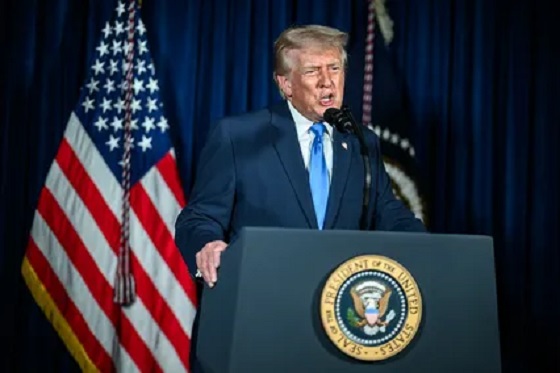
The White House on Thursday declared a decisive turn in the inflation fight, pointing to new data showing core inflation has fallen to its lowest level in nearly five years — a milestone the administration says validates President Donald Trump’s economic reset after inheriting what it calls a historic cost-of-living crisis from the Biden era. In a statement accompanying the report, White House Press Secretary Karoline Leavitt said inflation “came in far lower than market expectations,” drawing a sharp contrast with the 9 percent peak under President Joe Biden and arguing the numbers reflect sustained relief for American households. “Core inflation is at a new multi-year low, as prices for groceries, medicine, gas, airfare, car rentals, and hotels keep falling,” Leavitt said, adding that lower prices and rising paychecks are expected to continue into the new year.
According to the White House, core inflation — widely viewed by economists as the most reliable gauge because it strips out volatile food and energy costs — is now down roughly 70 percent from its Biden-era high. Officials noted that if inflation continues at the pace of the last two months, it would be running at an annualized rate of about 1.2 percent, well below the Federal Reserve’s 2 percent target. The report also highlighted broad-based price moderation across consumer staples and services, with declines in groceries, dairy, fruits and vegetables, prescription drugs, clothing, airfares, natural gas, car and truck rentals, and hotel prices. Average gas prices have fallen to multi-year lows, while rent inflation has dropped to its lowest level since October 2021, a shift the administration attributes in part to tougher enforcement against illegal immigration and reduced pressure on housing demand.
Wages, the White House says, are rising alongside easing prices. Private-sector workers are on track to see real wages increase by about $1,300 in President Trump’s first full year back in office, clawing back purchasing power lost during the inflation surge of the previous administration. Gains are strongest among blue-collar workers, with annualized real earnings up roughly $1,800 for construction workers and $1,600 for manufacturing employees. Administration officials also took aim at critics who warned Trump’s tariff policies would reignite inflation, arguing the data shows no demonstrable inflationary impact despite repeated predictions from Wall Street and academic economists.
NEC Director Kevin Hassett on the latest inflation report: "It was just an absolute blockbuster report… We looked at 61 forecasts, and this number came in better than every single one of them." 🔥 pic.twitter.com/rBJpkmjuNa
— Rapid Response 47 (@RapidResponse47) December 18, 2025
Even commentators across the media spectrum acknowledged the strength of the report. CNBC’s Steve Liesman called it “a very good number,” while CNN’s Matt Egan said it was “another step in the right direction.” Harvard economist Ken Rogoff described the reading as “a better number than anyone was expecting,” adding, “There’s no other way to spin it.” Bloomberg’s Chris Anstey noted the figure came in two-tenths below the lowest estimate in a survey of 62 economists, calling it “remarkable,” while The Washington Post’s Andrew Ackerman wrote that inflation “cooled unexpectedly,” easing pressure on household budgets.
For the White House, the message was blunt: the inflation era is over. Officials framed Thursday’s report as proof that Trump has followed through on his promise to defeat the cost-of-living crisis he inherited, laying what they called the groundwork for a strong year ahead. As the president told the nation this week, the administration insists the progress is real — and that, in his words, the best is yet to come.
-

 Business2 days ago
Business2 days agoCanada Hits the Brakes on Population
-
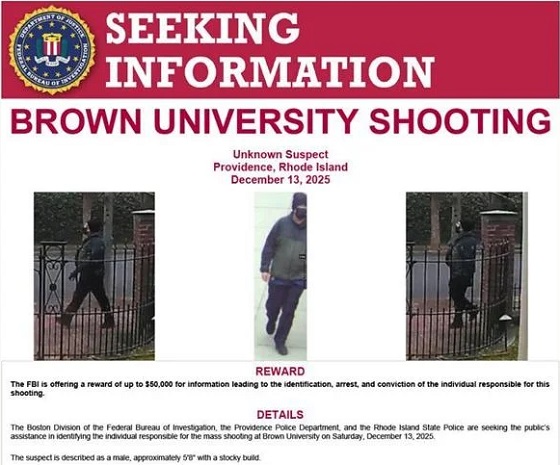
 Crime2 days ago
Crime2 days agoBrown University shooter dead of apparent self-inflicted gunshot wound
-
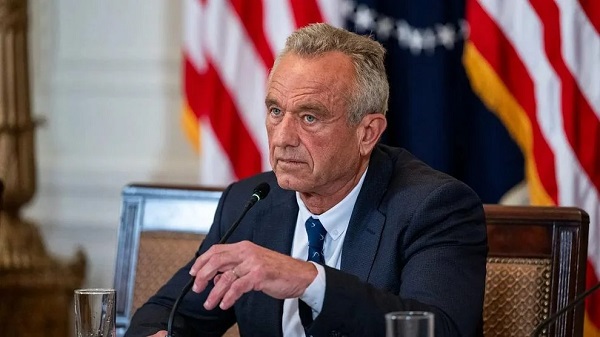
 Health1 day ago
Health1 day agoRFK Jr reversing Biden-era policies on gender transition care for minors
-

 Business2 days ago
Business2 days agoTrump signs order reclassifying marijuana as Schedule III drug
-
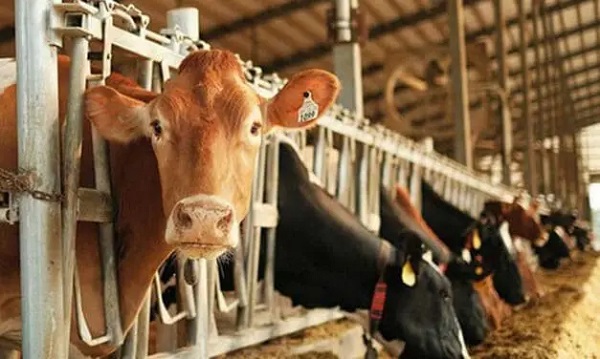
 Agriculture2 days ago
Agriculture2 days agoWhy is Canada paying for dairy ‘losses’ during a boom?
-

 Censorship Industrial Complex1 day ago
Censorship Industrial Complex1 day agoTop constitutional lawyer warns against Liberal bills that could turn Canada into ‘police state’
-

 Alberta1 day ago
Alberta1 day agoAlberta’s new diagnostic policy appears to meet standard for Canada Health Act compliance
-

 Business1 day ago
Business1 day agoState of the Canadian Economy: Number of publicly listed companies in Canada down 32.7% since 2010












